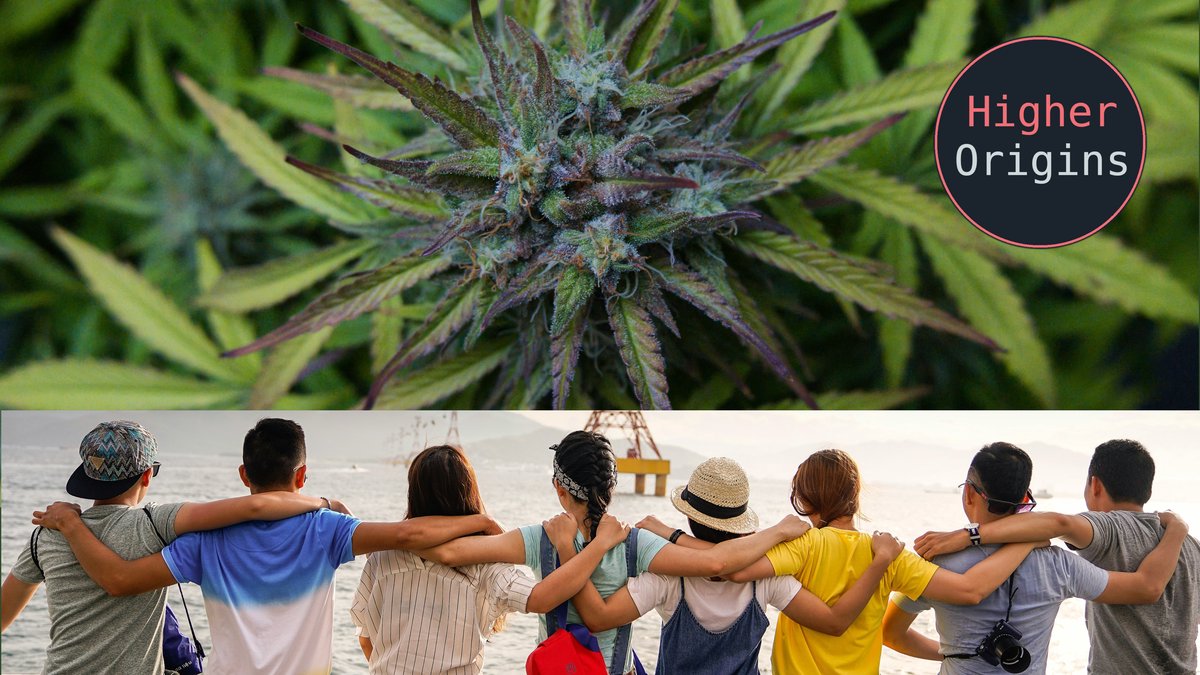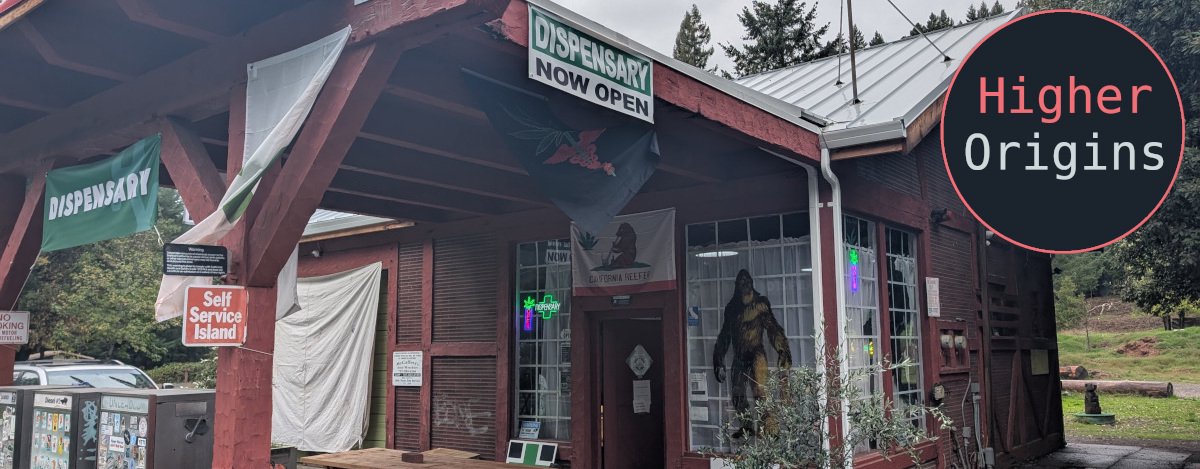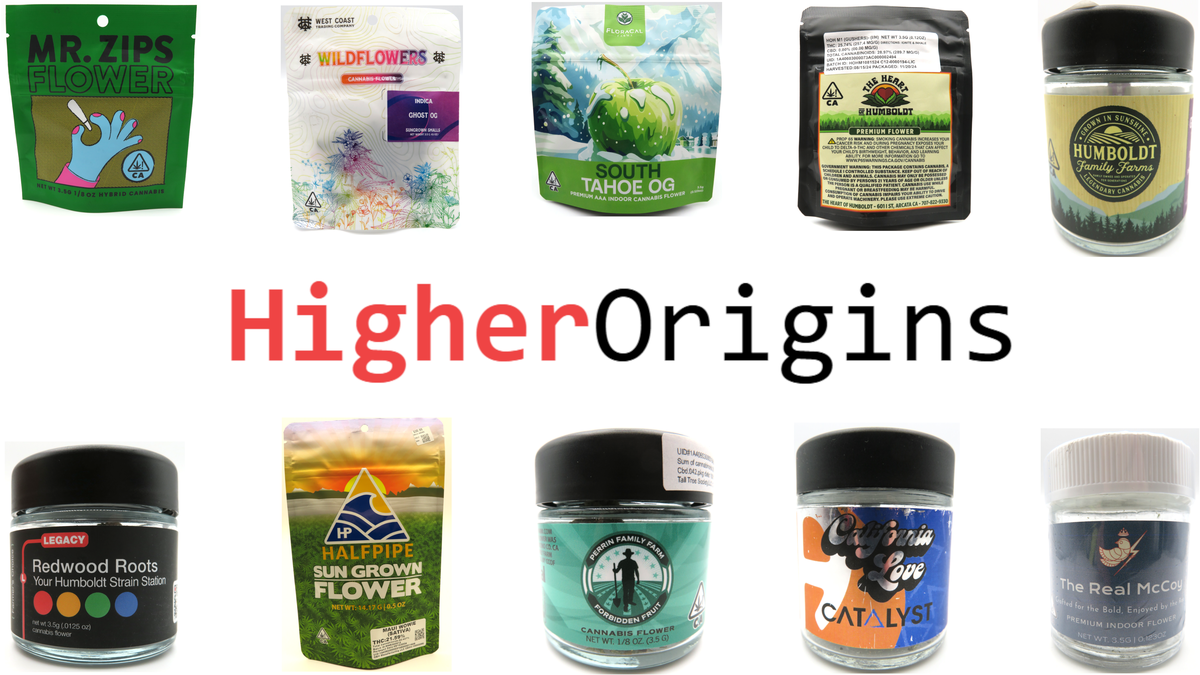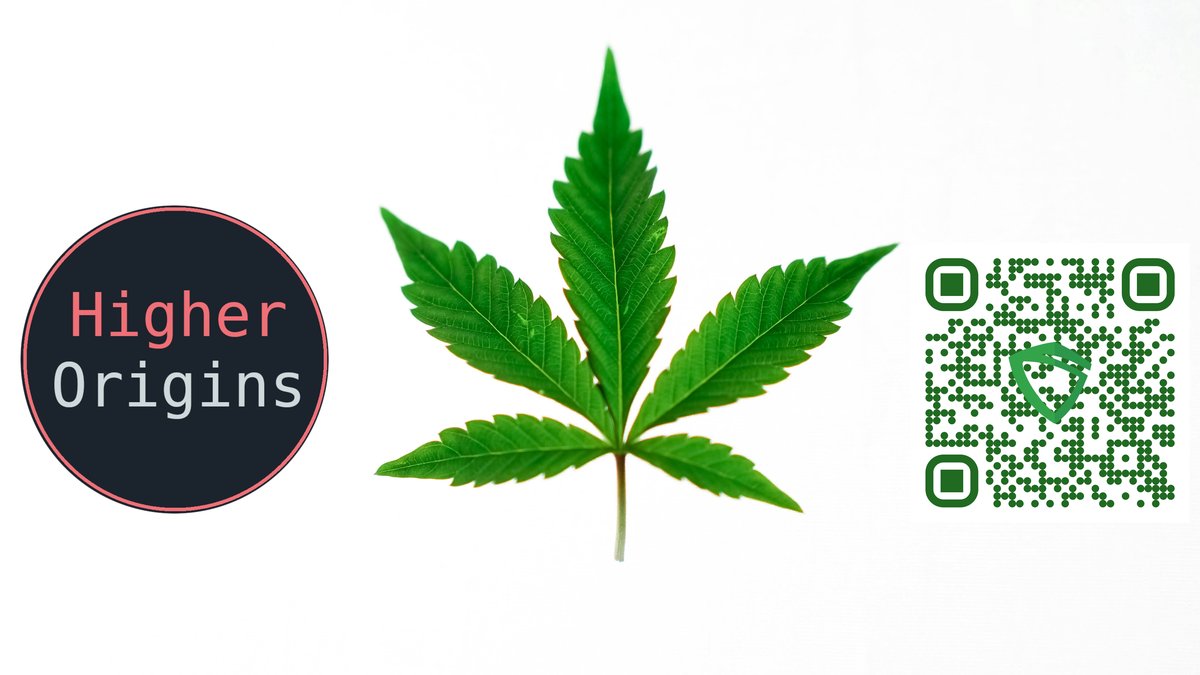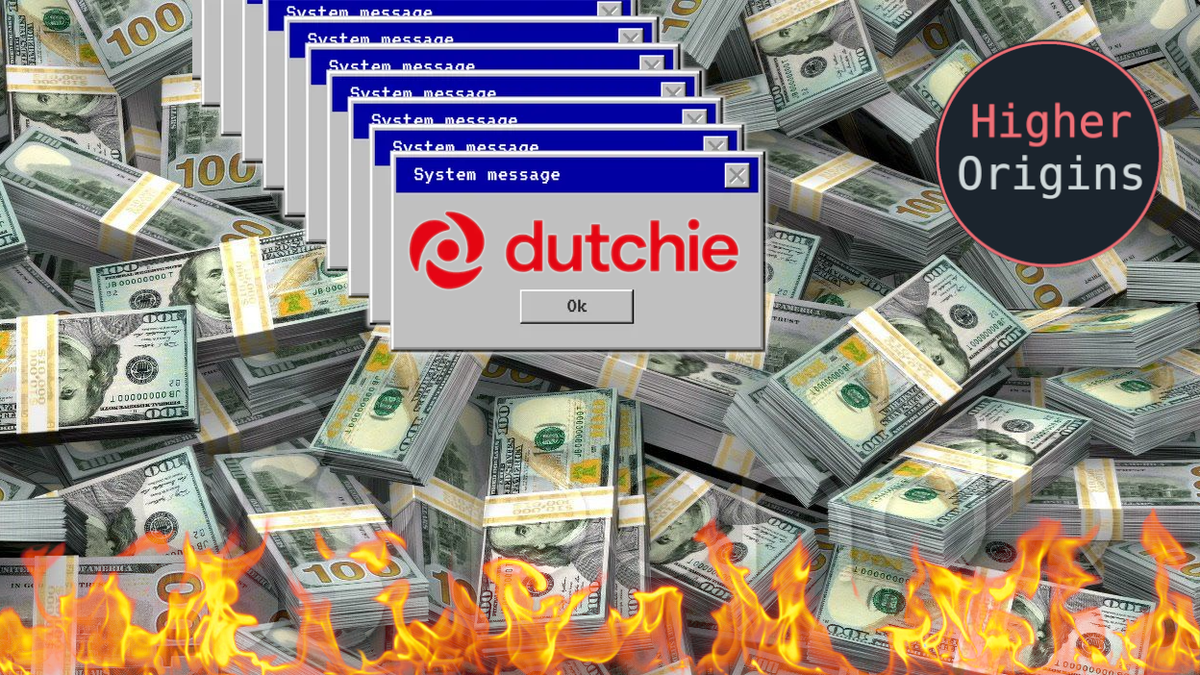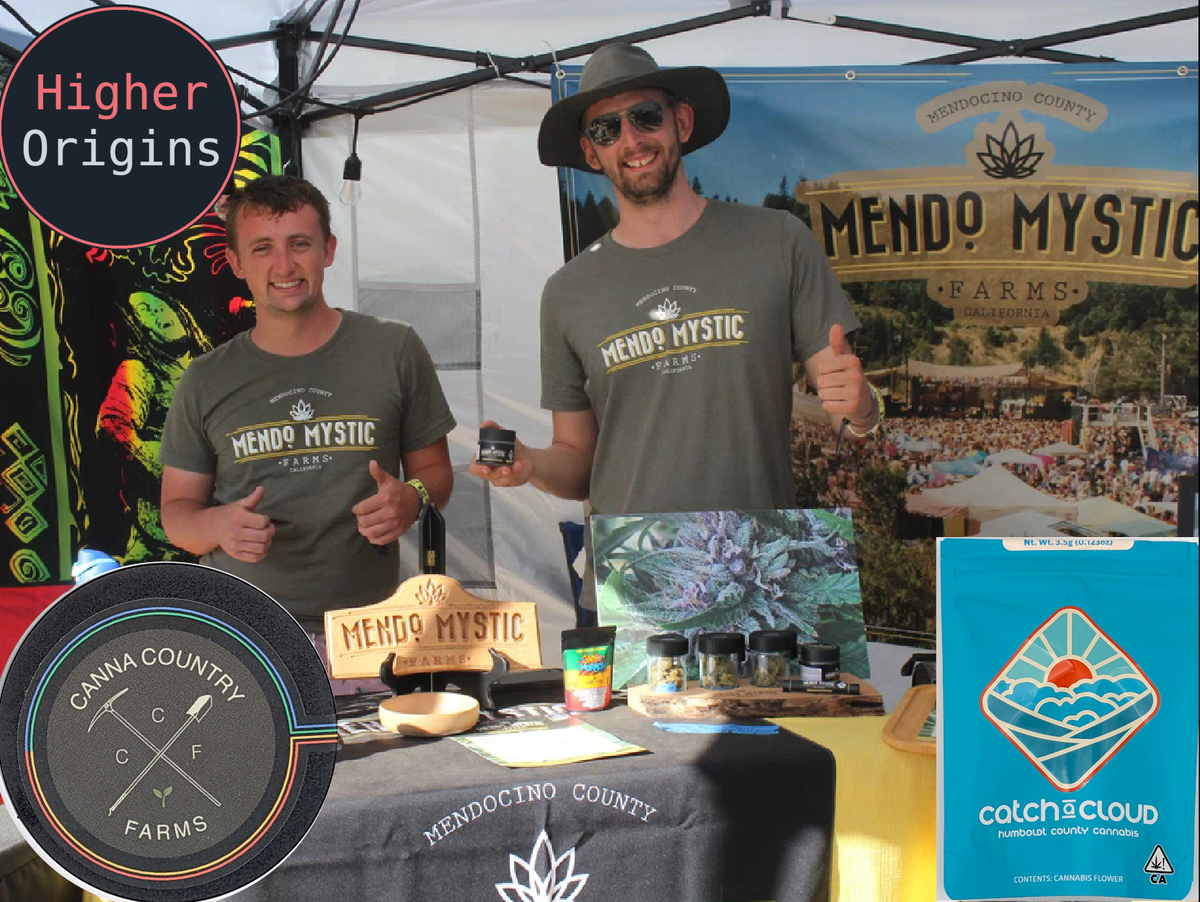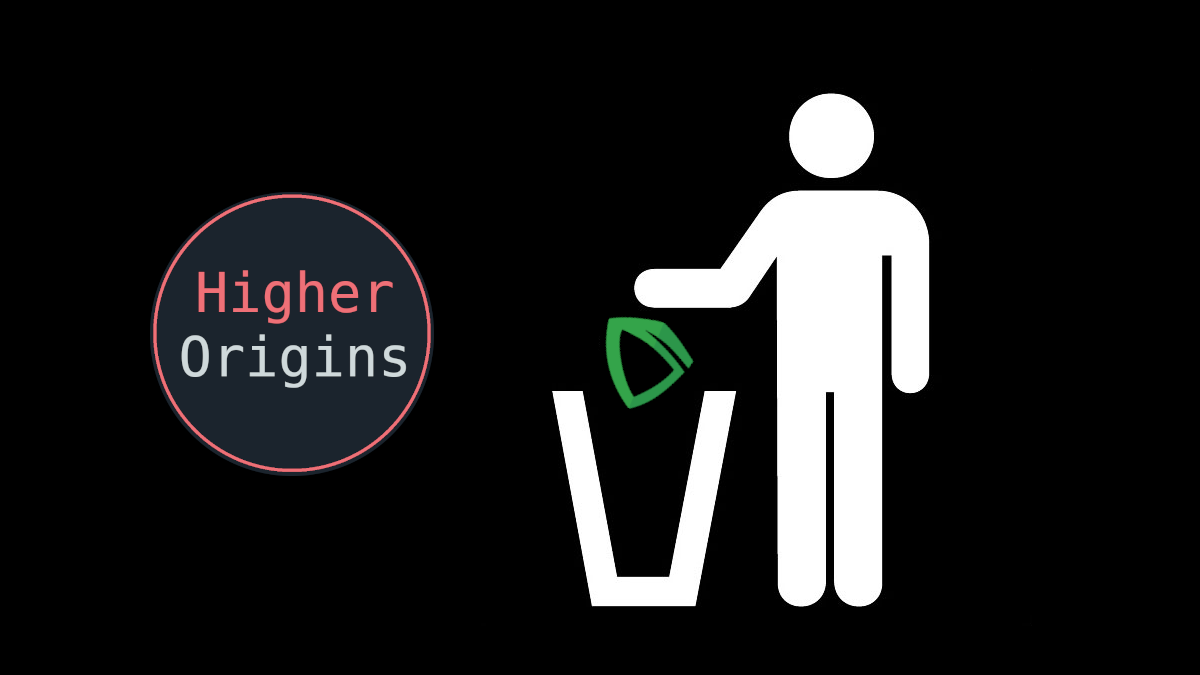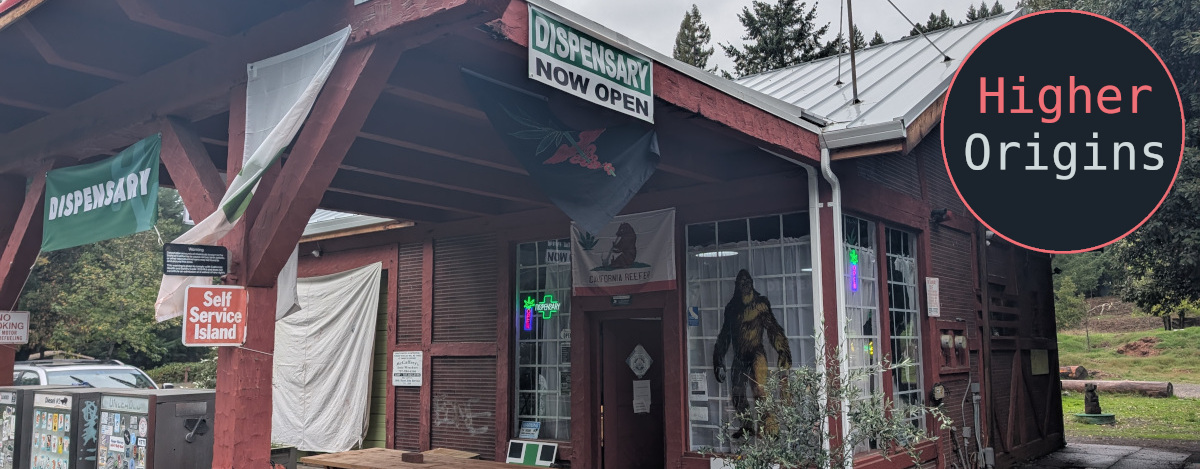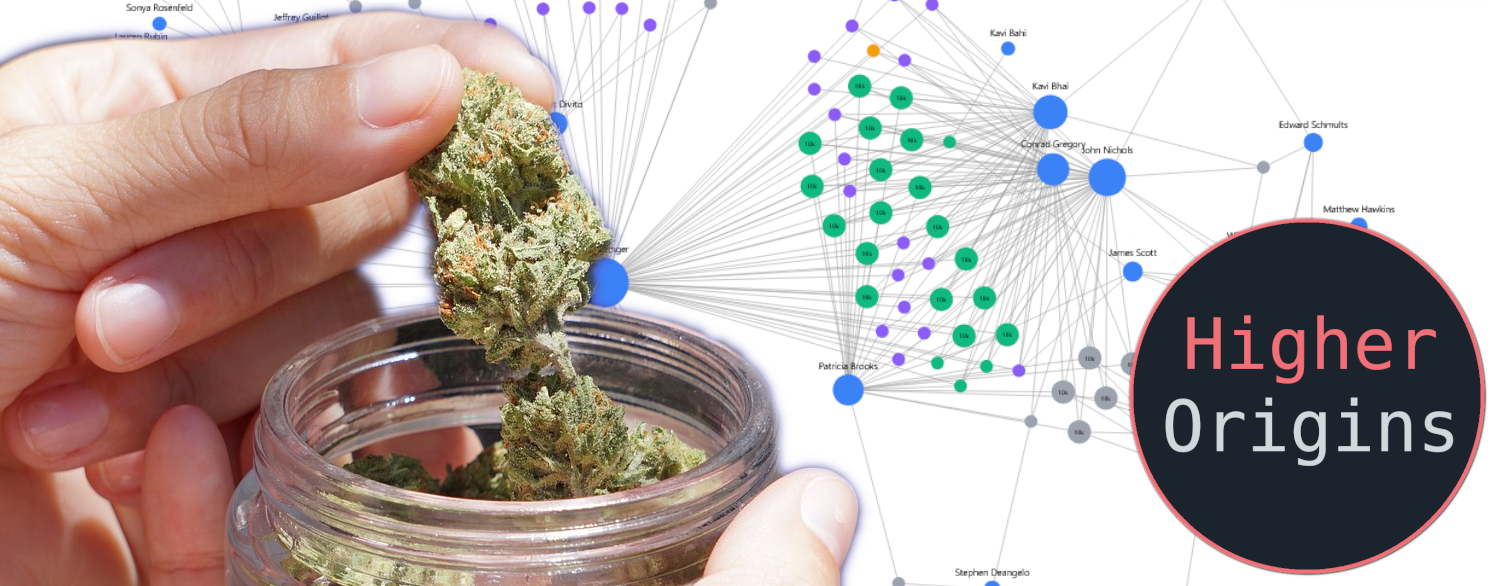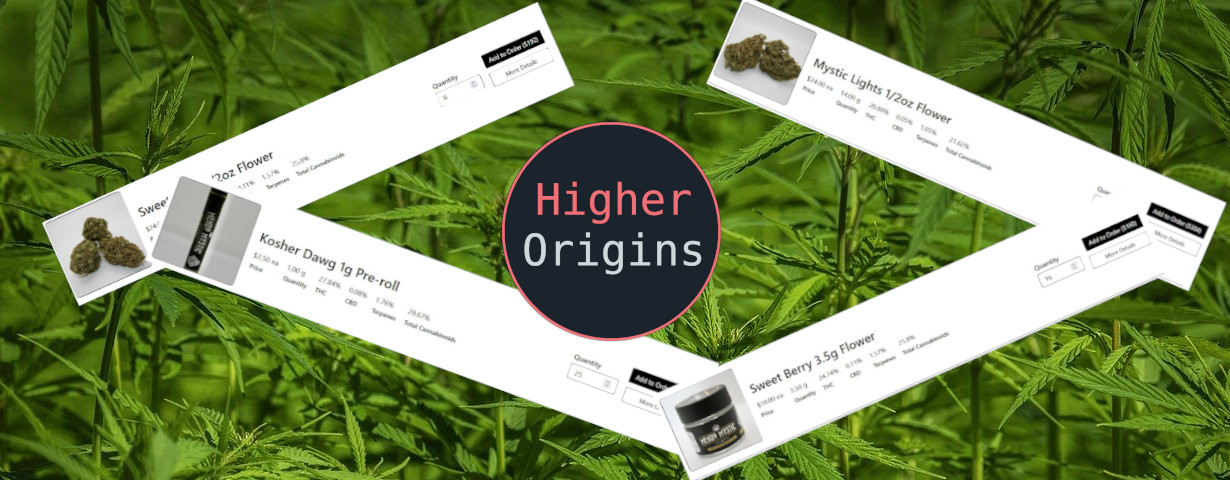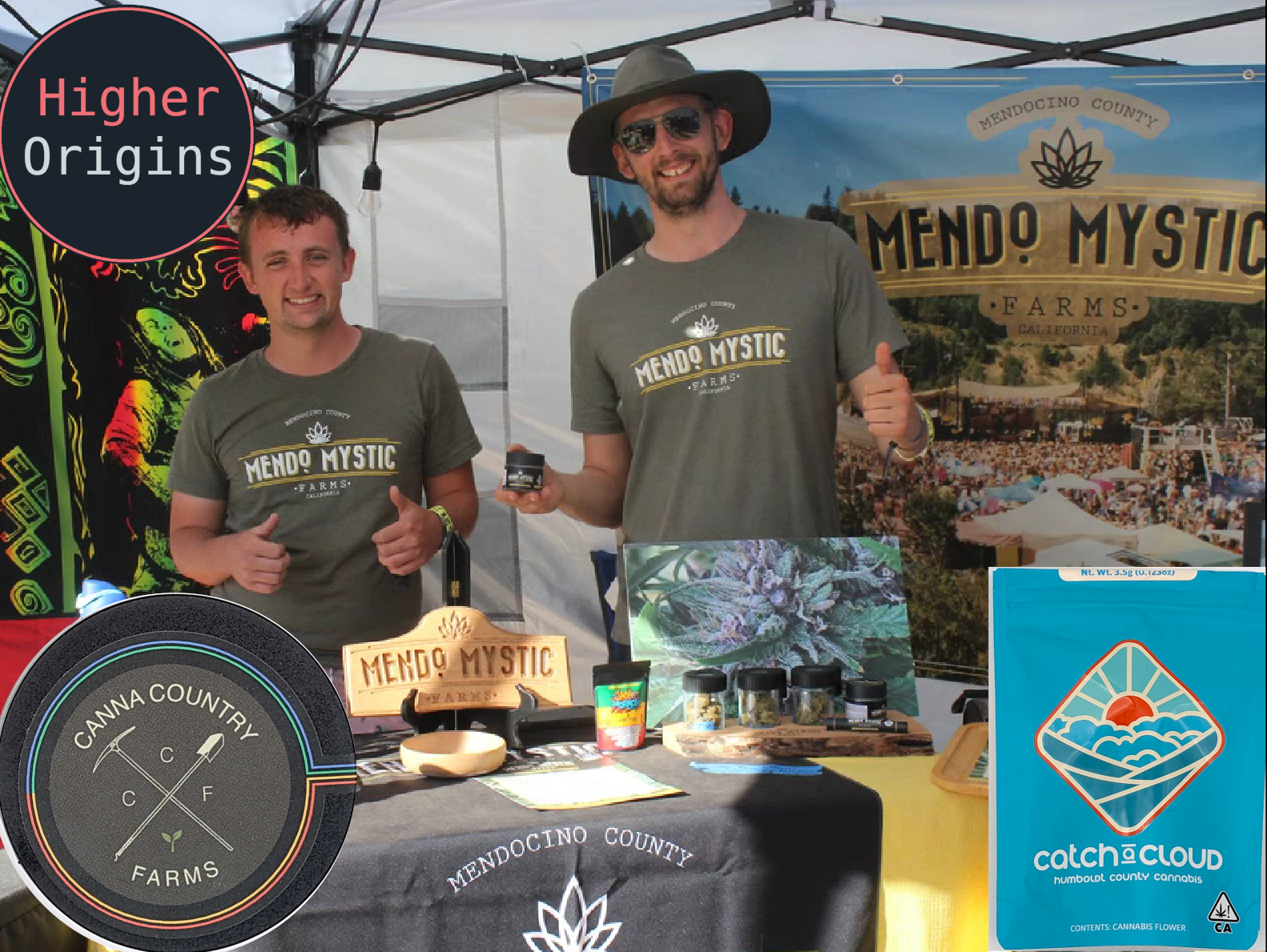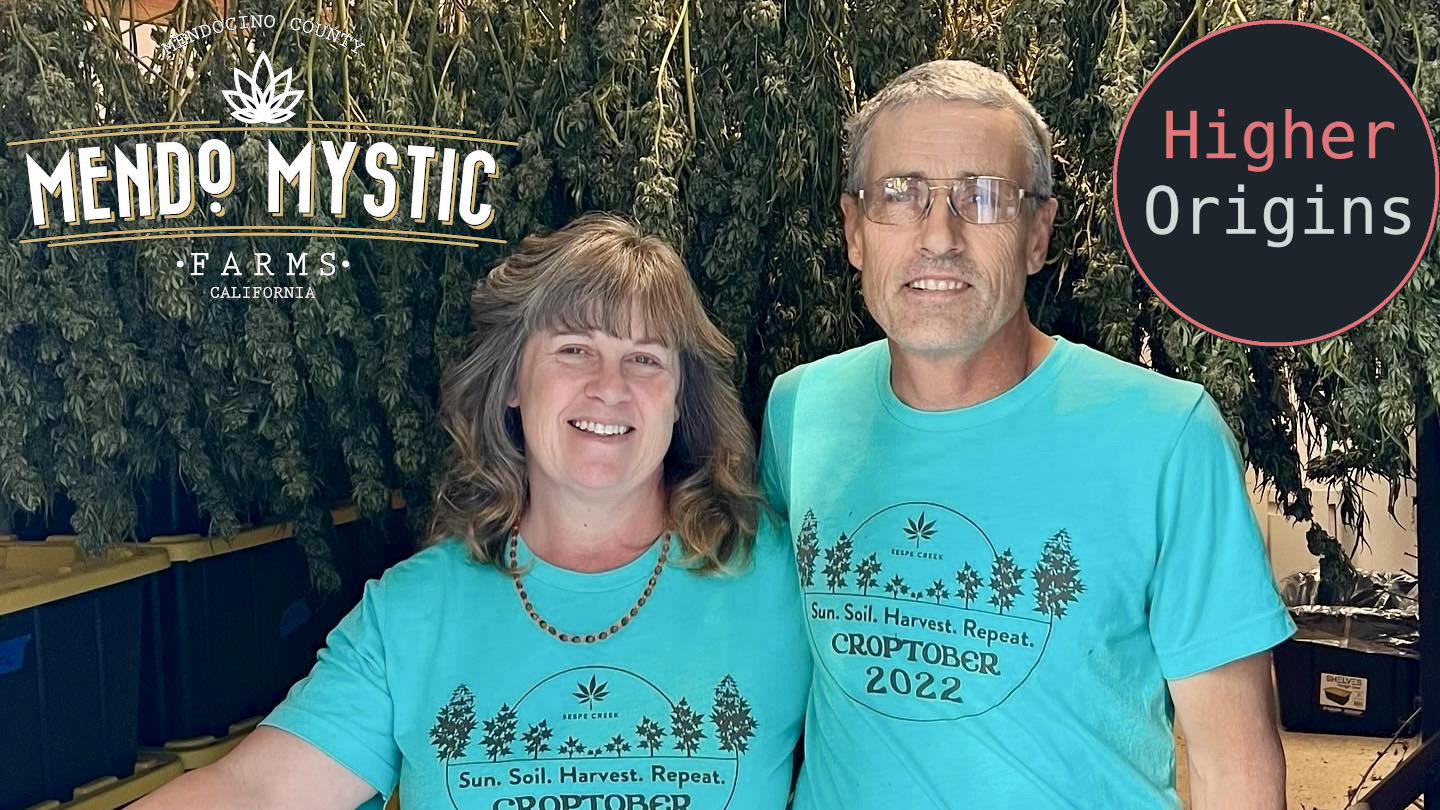Here we are in 2024, and California’s cannabis industry is fundamentally broken in many ways. Practically every conversation we have within our network these days revolves around one systemic issue or another, and how to hack together solutions to keep businesses running another year. As regular readers are aware, we’ve recently started to write about alternative economic models that can potentially address current economic challenges. Today, we revisit an economic model that helped form the very beginning of legal cannabis in California, and which we believe still has great potential: the buyers’ club.
Status Quo
Getting cannabis from the farm to the consumer is an expensive and tedious process. Once a farmer has grown a crop, they have to decide if they even can make money selling it legally. For those farms that do opt to sell their cannabis legally, they must choose between wholesaling it or selling it as a branded product. To wholesale, they have to throw themselves at the mercy of distributors who often pay significantly depressed prices, are known to mishandle cannabis, and in some cases never pay the farm on time or at all.
And then there’s retail. Provided a retailer’s buyer is even willing to talk to a brand, more obstacles arise. Product needs to be transported to the retailer, which can incur hefty transport fees. Many retailers charge brands fees to put their products on shelves, or require newer brands to operate under a discount program. Even after all these costs, there is no guarantee that a retailer will accurately represent or promote a brand’s products to customers. Furthermore, many retailers also stock their own brands, which they will naturally have an interest in promoting over any other brands on their shelves. Finally, after the product has been sold, there is no actual guarantee that the brand will get paid all of what they are owed, or in the worst cases, anything at all.
This financial pessimism isn’t mere speculation. A recent report by Whitney Economics highlights that “delinquencies are an existential threat for the U.S. cannabis industry” with over $3.8 Billion currently delinquent, and 82% of respondents stating they have unpaid accounts receivable. Clearly, the status quo of the supply chain is not economically viable.
For consumers and patients, this translates to a product that is completely detached from the farm it came from, sold at a high markup, and with a bewildering variety of inconsistently available brands that are promoted with flimsy sales pitches and unsustainable discounts. These elevated prices hurt those who rely on cannabis the most- patients with debilitating illnesses who find relief of their symptoms through cannabis and must consume daily may find themselves priced out of the legal market. With obstacles like these, it’s no wonder that the illegal market is still going strong.
Buyers Clubs
A buyers club is an organization of consumers that combine their collective buying power to purchase things that they cannot afford as individuals. A group of buyers together has a greater advantage to negotiate price, influence business, and gain representation in the market. Buyer’s clubs have a strong history in the US of helping under-served or under-represented populations gain access to what they need, most often medications. During the AIDs epidemic, buyers clubs sprung up as a way for patients to gain access to new drugs and treatments that were either too expensive or too mired in red tape for individuals to access.
More specific to cannabis, the San Francisco Cannabis Buyers Club was established by Dennis Peron in 1991 to supply cannabis to AIDs patients. Through the buyers club, cannabis was available for sale, or for free to those who could not pay, with the free cannabis being subsidized by the paying customers. Peron negotiated fair priced deals with farmers in the Emerald Triangle to supply the club. This club served as a model of patient use and compassionate care that helped Peron write Proposition 215, which launched legal medical cannabis in California.

Dennis Peron in 2008
The Promise of Buyers Clubs in Today’s Market Mess
In California’s dysfunctional farm-to-consumer supply chain, there exists a disruptive opportunity for buyers clubs to provide an alternative model that is mutually beneficial for farmers, consumers, and well intentioned licensed businesses. Organized groups of consumers working through networks of licensed businesses from the farm to the retailer have the potential to cut a significant amount of red tape and cost from the supply chain. Organizing and growing buyers clubs is a strategy worth exploring for anyone involved in the cannabis industry.
Benefits
Pull VS Push: Moving product to buyers cubs rather than individuals has a distinct advantage over the current system. This model is a pull system to known buyers, rather than a push system to unknown buyers. Everyone up the supply chain has a good idea of what, where, who, when, and how much- data that makes it much easier to commit to and fill orders in a timely manner. There’s no need to guess at demand or what might appeal to the market because the club’s size, usage, and tastes are easily surveyed. Packaging can be simpler- and cheaper- because a brand isn’t competing with all the other eye candy on a shelf to have the coolest jar.
Simple Money, Faster: Financially, this model works better for all involved. Instead of stretching the payback period for products over time as they are slowly bought off shelves, buyers clubs can receive large orders all at once on a known schedule with known demand. There’s no invoice shuffling or terms involved: the club pays for product on delivery and everyone can take their cut on the spot. Logistics are simplified because orders can be coordinated in whatever way is most efficient for upstream providers. Finally, all this cost savings can be passed on to the consumer. Less upstream overhead and a quick payout lowers markups across the board.
Farm-To-Consumer:
Buyer’s clubs can maintain close relationships with farms, exchanging feedback and needs for specific products. If a buyers club has a specific taste or focus, they can pursue farms that supply exactly what they want, and get it more directly than through the standard retail supply chain. Close farm-consumer relationships like this are a form of Community Supported Agriculture (CSA), a mutually beneficial shared-ownership model that operates successfully across the agricultural industry. This directly translates to cheaper and better cannabis for club members, and more reliable feedback and revenue for farms. Likewise, due to the simplified supply chain relationship, clubs gain access to fresher cannabis since the product didn’t have to sit on a shelf waiting to be sold. A well coordinated farmer-club relationship can get cannabis into the hands of members just days after it finishes curing on the farm. Direct-to-consumer has been getting more attention recently as a way to improve the state of the industry, and buyers clubs could be a viable path to achieving that goal.
Reaching High-Value or Niche/New Consumers:
Consumers are all different, and the current shotgun approach means that many get left out and are not directly served by what retail has to offer. Focused buyers clubs that represent niche groups with shared cannabis needs allow brands to reach these customers where they are at, and more effectively target their specific needs. Whether it’s a sewing circle in a senior living community, a Legion Post of veterans who use cannabis to treat PTSD, or a group of connoisseurs who only want the most funky exotic flower, a buyers club can guide brands in how to most effectively serve those market niches.
Downsides of Buyer's Clubs
Networking:
In order to make the buyers club work, a lot needs to be organized. Someone needs to get a bunch of consumers with a shared trait together, manage their information, and find out what they want. Then, they need to find a brand or farm that can provide that, figure out a supply chain of licensed businesses that are willing and able to make the deal happen. Finally, everyone needs to be on the same page, and the price has to be right for all parties. The level of project management that is needed to get this to work in such a hectic industry is the largest immediate obstacle to the expansion of this model.
Distribution, Retail, and Delivery:
As mentioned above, every level of the supply chain has its challenges, struggles, and specific tactics for making money. A successful buyers club model, however it is organized, has the potential to take business and margin from certain parts of the supply chain. While this is a good thing for the consumer, some industry players will definitely feel that buyers clubs are a “Hack” that is depriving them of revenue, and will work against them, especially at the distribution and retail levels. Even in situations where there is no competitive ill will, all the normal problems in the supply chain can still affect a buyer’s club, since it still has to steer the product through the same channels that the rest of the industry is struggling in.
Conclusion
While buyers clubs may not be completely immune to the economic mess we find ourselves in, we believe that they provide a more solid path to stable sales and are still strongly viable for all consumers under the current legal model. By building a dedicated consumer base with known needs, and connecting them to like-minded upstream partners, buyers clubs can bypass a certain amount of the supply chain chaos and provide a stable revenue stream to their partners, while ensuring reasonable prices for their members. If you have a network in the cannabis industry, we strongly suggest you explore the viability of a buyers club model for your business and partnerships.
As Dennis Peron said in a 2016 interview for Cannabis Business Times: “Look to the past. A lot of people have suffered so much to bring it to you,” he says. “The movement was about peace and love and was egalitarian. If you want to know the future, emulate the past.”
Maybe it is time to look back at past cannabis economic models, since our status quo is broken.
Keep working on what works!
-The Higher Origins Team
